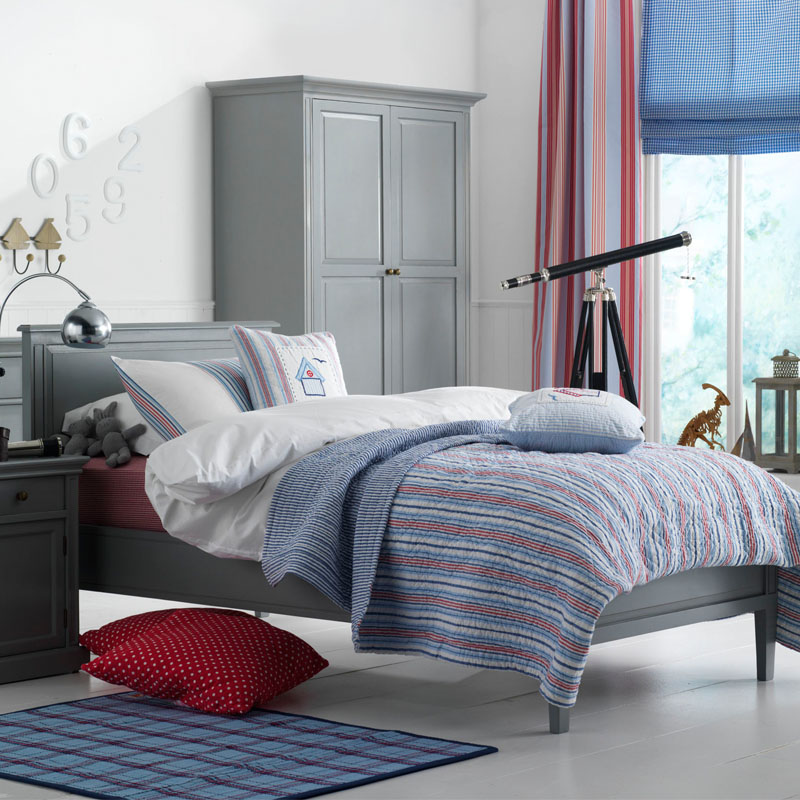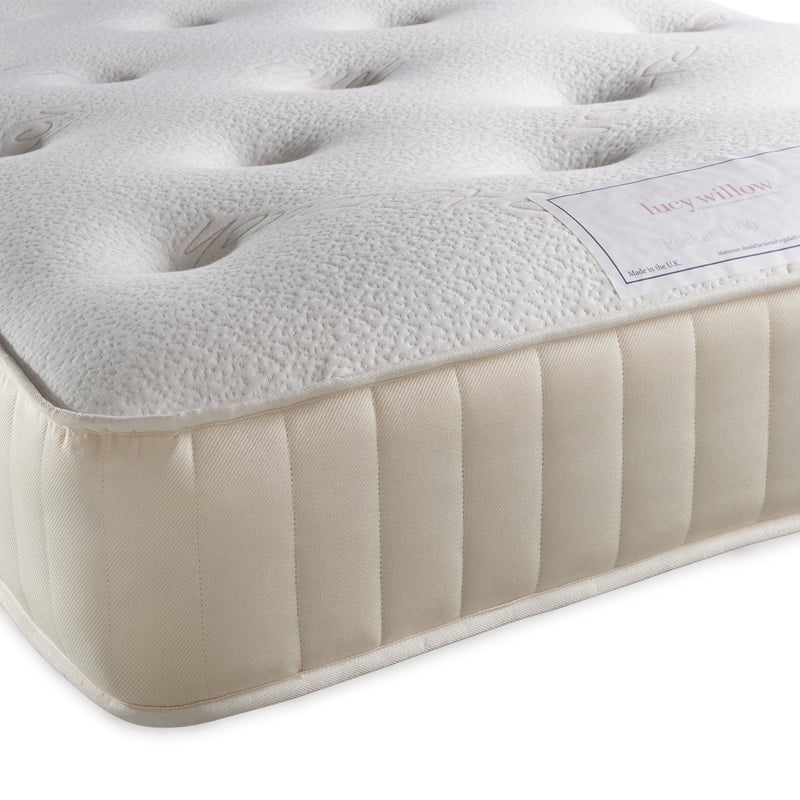A comfortable bed which is sufficiently large and supportive is essential for a good night's sleep. But it's not the only thing that will help us get the rest we need.

The position we sleep in is also central to our wellbeing so if snoring, heartburn or the dreaded wrinkles are blighting your life, it could simply be that you need to roll over!
Back
Sleeping on your back is considered to be the best position for your neck and spine as they are resting in a neutral position, allowing your mattress to support them.
This position is also good for those keen on maintaining smooth looking skin as the face is free to breathe instead of being squashed against a pillow for hours on end, inducing the ‘craggy’ look you so often see in the morning.
But it isn't all good news for back sleepers as this position can lead to sleep apnea and snoring due to the tongue naturally collapsing into the airway. Also, using too many pillows while lying supine can make breathing more difficult.
Side
The majority of us report getting the best night’s sleep whilst lying on our side. This is especially true during pregnancy because not only does it relieve pressure on the lower back but it improves circulation in the heart, benefitting both mum and baby.
Even if you are not expecting, sleeping on the left side can be beneficial by easing heartburn and acid reflux.
Despite this, side sleeping does have its drawbacks, not least those beastly pins and needles. Restricted blood flow and pressure on the nerves cause this annoying condition.
Many side sleepers report sleeping with their head resting on one arm with the shoulder supporting much of the body’s weight. This constricts the neck and shoulder muscles and can be problematic.
Stomach
Sleeping on your stomach is perhaps the best way to avoid snoring, as well as sleep apnea, but that's where the positives end.
Due to flattening the natural curve of the spine, front sleeping can lead to lower back pain. The neck is also vulnerable to problems after being forced to one side during sleep.
If this is the only way you find you can get to sleep however, try using pillows to gradually train yourself to sleep on your side. Or perhaps place a pillow beneath the hips to ease stresses on the spine.
Whatever position you favour for sleep, you can never underestimate the importance of a high quality, supportive mattress. That goes for your children too. Growing spines need care and attention and a decent mattress will go a long way towards providing just that.

